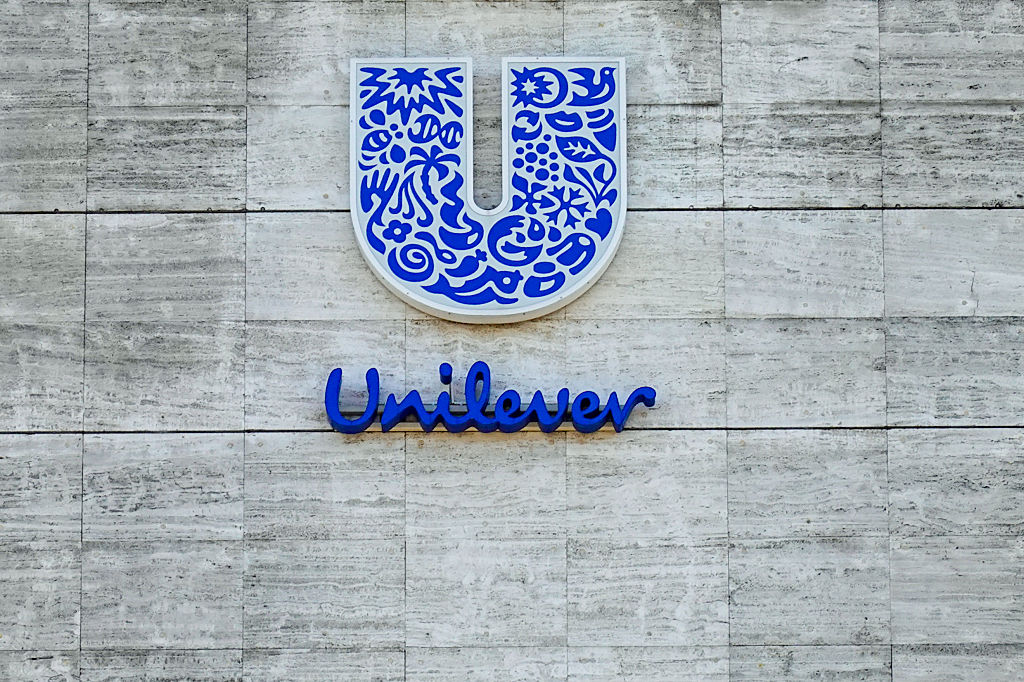How to cash in on investment trusts that are selling up
Managed wind-downs and portfolio sales can be an attractive opportunity for patient investors


Last year saw record consolidation and corporate action in the investment trust sector. If the past seven months are anything to go by, 2025 will be a year of note as well. At the beginning of the year, 20 trusts were undergoing managed wind-downs, and since January, a further six have proposed or had wind-downs approved, according to Deutsche Numis.
Wind-downs usually happen because an asset class, strategy or individual trust is out of favour. At the same time, they can present a new opportunity if they offer a timetable and a catalyst for realising value from a portfolio that is persistently trading at a deep discount to net asset value (NAV).
This is especially true in the alternative-asset segment of the market. That said, alternatives trusts normally own illiquid assets, which means it can take some time to realise value. If a buyer cannot be found for the entire portfolio, the trust must sell assets piecemeal. Take NB Distressed Debt (LSE: NBDG) as an example: it began to wind down in 2018 and is still ongoing – although the board hopes it has entered the final stages of asset sales, according to its latest update. So this kind of investing certainly is not a trade for anybody with a short-term time horizon.
MoneyWeek
Subscribe to MoneyWeek today and get your first six magazine issues absolutely FREE

Sign up to Money Morning
Don't miss the latest investment and personal finances news, market analysis, plus money-saving tips with our free twice-daily newsletter
Don't miss the latest investment and personal finances news, market analysis, plus money-saving tips with our free twice-daily newsletter
Investment trusts winding down
Abrdn European Logistics Income (LSE: ASLI) entered a managed wind-down last year following a failed sales process for the entire portfolio. It sold three assets in the first quarter of the year and returned an initial £16.5 million to investors (5.3% of its NAV). Following additional sales, 16 of its 27 assets have now been liquidated and further capital returns are planned in August and September. The estimated NAV is now 57.9p, reckon analysts at Deutsche Numis, putting the shares on a discount of 17%.
JPMorgan Global Core Real Assets (LSE: JARA) failed a continuation vote in September and is now returning assets to investors. The first cash from sales, totalling £33 million or 17% of NAV, was paid in February. Further sales are in the pipeline, and the trust expects to redeem 80% of assets by the end of 2026. The end-June NAV of 89.1p implies the shares are trading at a discount of 11%.
Following a strategic review, Riverstone Energy (LSE: RSE) has proposed a managed wind-down, with investors set to vote on this on 22 August. Management has laid out a plan to distribute two-thirds of the capital by 31 March 2026, with the remaining illiquid assets sold by the end of 2027. The trust’s reported discount has recently narrowed to 22%, based on the latest NAV of 1,136p.
Investors need to be aware that the manager is getting a termination fee of 7.5% of realisation proceeds, but even allowing for that, the discount is still in double-digits.
Investment trusts to watch
Syncona (LSE: SYNC), the once high-flying backer of early-stage biotech companies, announced in June that it will wind down its portfolio. The trust has said it will aim to continue supporting key companies in its portfolio and open a private vehicle for those investors interested in rolling their investment over. This puts a question mark over the liquidation timetable, but with a discount of about 40% there could be a lot of value there for patient investors.
Life Science Reit (LSE: LABS), which announced a strategic review in March, recently said it has received significant interest from buyers for parts of the portfolio. Management is also continuing to explore a managed wind-down. The portfolio includes assets at Oxford Technology Park and Cambourne Park Science & Tech Campus – both located in two high-growth, tech-focused areas of the country – and King’s Cross in London. The Reit has struggled since listing (recent leasing has been slower than expected, with occupancy now at 85%) and has suspended its dividend. But at a 32% discount to NAV, it is worth watching closely.
This article was first published in MoneyWeek's magazine. Enjoy exclusive early access to news, opinion and analysis from our team of financial experts with a MoneyWeek subscription.
Get the latest financial news, insights and expert analysis from our award-winning MoneyWeek team, to help you understand what really matters when it comes to your finances.

Rupert is the former deputy digital editor of MoneyWeek. He's an active investor and has always been fascinated by the world of business and investing. His style has been heavily influenced by US investors Warren Buffett and Philip Carret. He is always looking for high-quality growth opportunities trading at a reasonable price, preferring cash generative businesses with strong balance sheets over blue-sky growth stocks.
Rupert has written for many UK and international publications including the Motley Fool, Gurufocus and ValueWalk, aimed at a range of readers; from the first timers to experienced high-net-worth individuals. Rupert has also founded and managed several businesses, including the New York-based hedge fund newsletter, Hidden Value Stocks. He has written over 20 ebooks and appeared as an expert commentator on the BBC World Service.
-
 Why you fear money – and how to fix it: MoneyWeek Talks
Why you fear money – and how to fix it: MoneyWeek TalksPodcast MoneyWeek's digital editor, Kalpana Fitzpatrick, speaks to financial psychotherapist Vicky Reynal about how to change your money mindset for the better.
-
 How cancelling unused direct debits could boost your pension by £37,000
How cancelling unused direct debits could boost your pension by £37,000A new year refresh of your spending could save you money and help boost your pension pot.
-
 The shape of yields to come
The shape of yields to comeCentral banks are likely to buy up short-term bonds to keep debt costs down for governments
-
 A change in leadership: Is US stock market exceptionalism over?
A change in leadership: Is US stock market exceptionalism over?US stocks trailed the rest of the world in 2025. Is this a sign that a long-overdue shift is underway?
-
 A reckoning is coming for unnecessary investment trusts
A reckoning is coming for unnecessary investment trustsInvestment trusts that don’t use their structural advantages will find it increasingly hard to survive, says Rupert Hargreaves
-
 British blue chips offer investors reliable income and growth
British blue chips offer investors reliable income and growthOpinion Ben Russon, portfolio manager and co-head UK equities, ClearBridge Investments, highlights three British blue chips where he'd put his money
-
 Renewable energy funds are stuck between a ROC and a hard place
Renewable energy funds are stuck between a ROC and a hard placeRenewable energy funds were hit hard by the government’s subsidy changes, but they have only themselves to blame for their failure to build trust with investors
-
 Profit from document shredding with Restore
Profit from document shredding with RestoreRestore operates in a niche, but essential market. The business has exciting potential over the coming years, says Rupert Hargreaves
-
 The war dividend – how to invest in defence stocks as the world arms up
The war dividend – how to invest in defence stocks as the world arms upWestern governments are back on a war footing. Investors should be prepared, too, says Jamie Ward
-
 Literacy Capital: A trust where great returns fund a good cause
Literacy Capital: A trust where great returns fund a good causeThere’s plenty to like about specialist private-equity trust Literacy Capital, says Max King